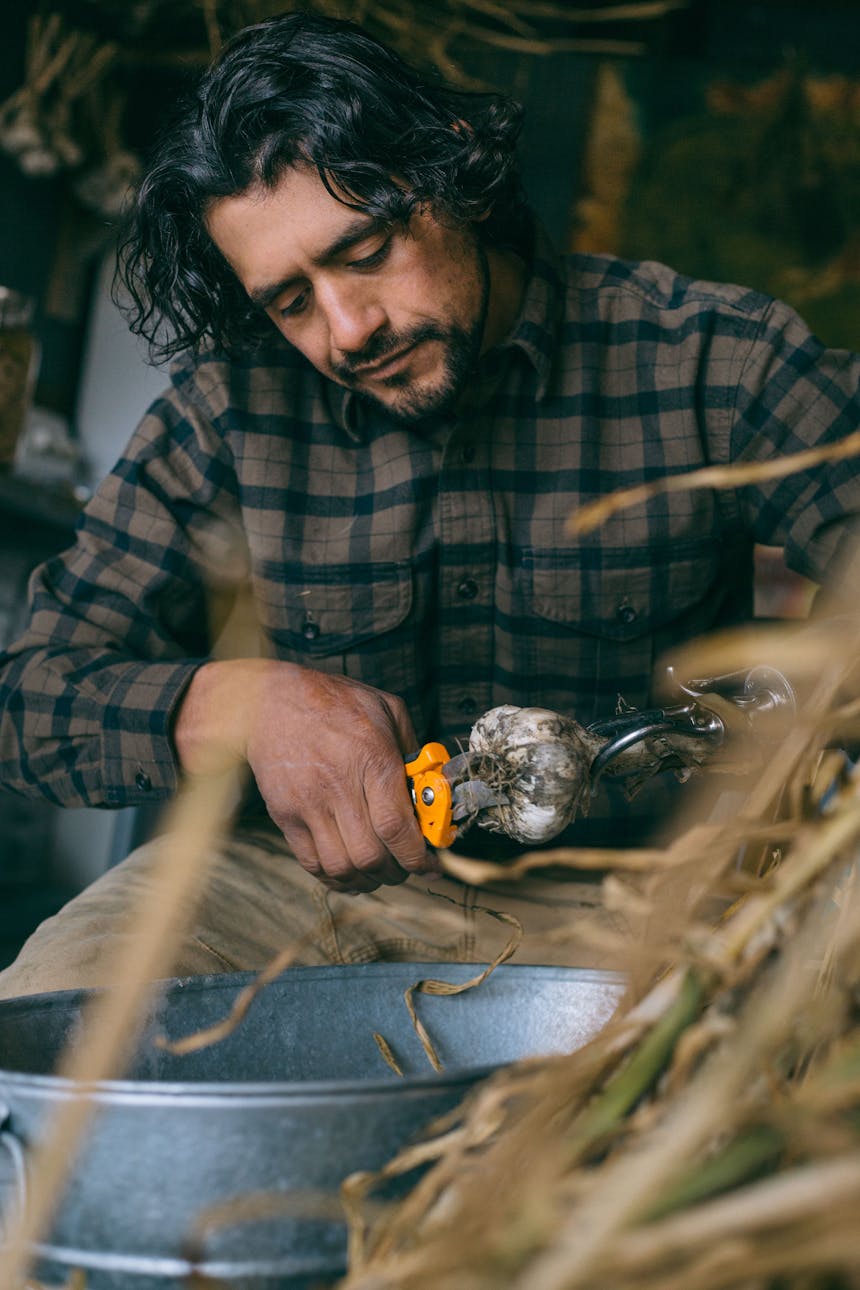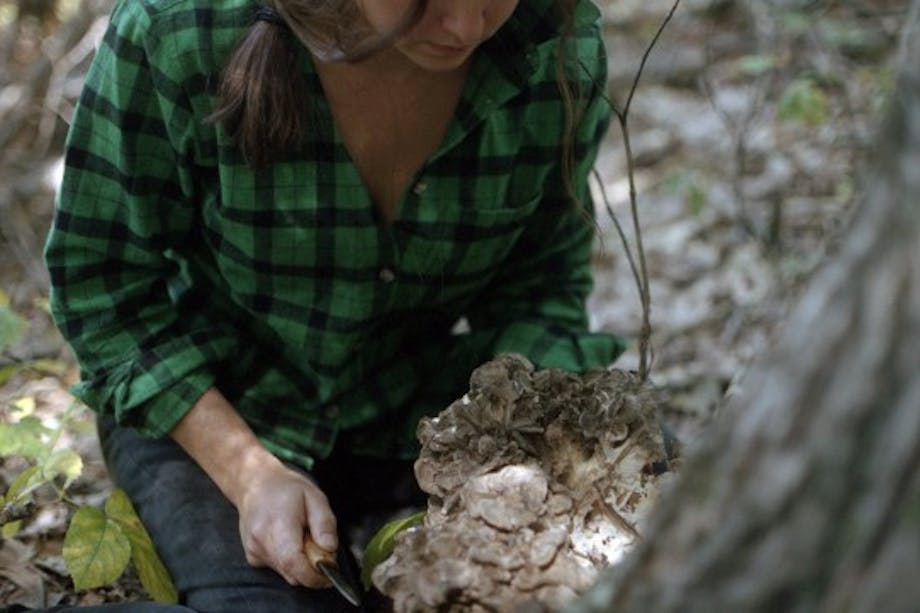In the summer and early fall, my fiance, Eduardo Garcia and I wake early at our home in Bozeman, Montana. Between running our own businesses, we manage our ½ acre food forest, a permaculture garden that feeds us for eight months of the year. During the warm seasons, work days don’t stop at 5pm and weekends don’t exist, but it’s all worth it to know we are living more sustainably.
Working with the earth is a chemistry equation of timing, weather and soil science. I’ve botched that equation many times. That’s part of the learning curve of working with living things. My hope is that each year, I can better read the natural signs and become a stronger farmer.
Weather and changing seasons are a challenge on the farm. This year, an early snow took me by surprise and I raced out to the garden with a headlamp to pick the last of the vegetables and fruit. The learning curve continues.
During harvest, the garden demands my full attention and the clearing of my schedule. The pieces that are harvested and kept are coveted. Sprigs of lavender get divided into gifts and are folded into pastries and teas in the wintertime.
The fingertips of my gloves ripped open this year. When I see those gloves in their basket, I think about the hours that they spent outside and how the leather now is curled inwards; permanently in position to pull more weeds. At the end of the season, my wrists and forearms ache with overuse from the pulling of weeds and the manual labor that has filled days and months on end. But the ache and pain of work fade as soon as I walk in the processing kitchen and see the harvest: heads of garlic, lavender bouquets, jars of dried apples and herbs.

In our garden processing room is where things dehydrate and cure. In the month of October, there are gallon jars of dried plums and calendula. There are three rounds of beeswax and twenty jars of honey. The fruit of the labor from the final pushes of harvest long outlasts the effort and I appreciate knowing that these things came from outside our front door. The things we spent all year growing will now feed us through the winter.

We work hard to waste nothing. The stocks and roots get trimmed and the garlic bulbs are hung to dry. We then take all the trimmings to the compost which is distributed on the vegetable beds the following season.
Watching the snow come in always makes me miss the summertime, despite the long days. However, the winter is for studying techniques and learning more about the soil. It’s also for ordering seeds and fixing tools. If we missed the window of harvest on some things, we take comfort in the fact that it may have fed the birds, or it is bettering the soil for next year when we begin the cycle again.




